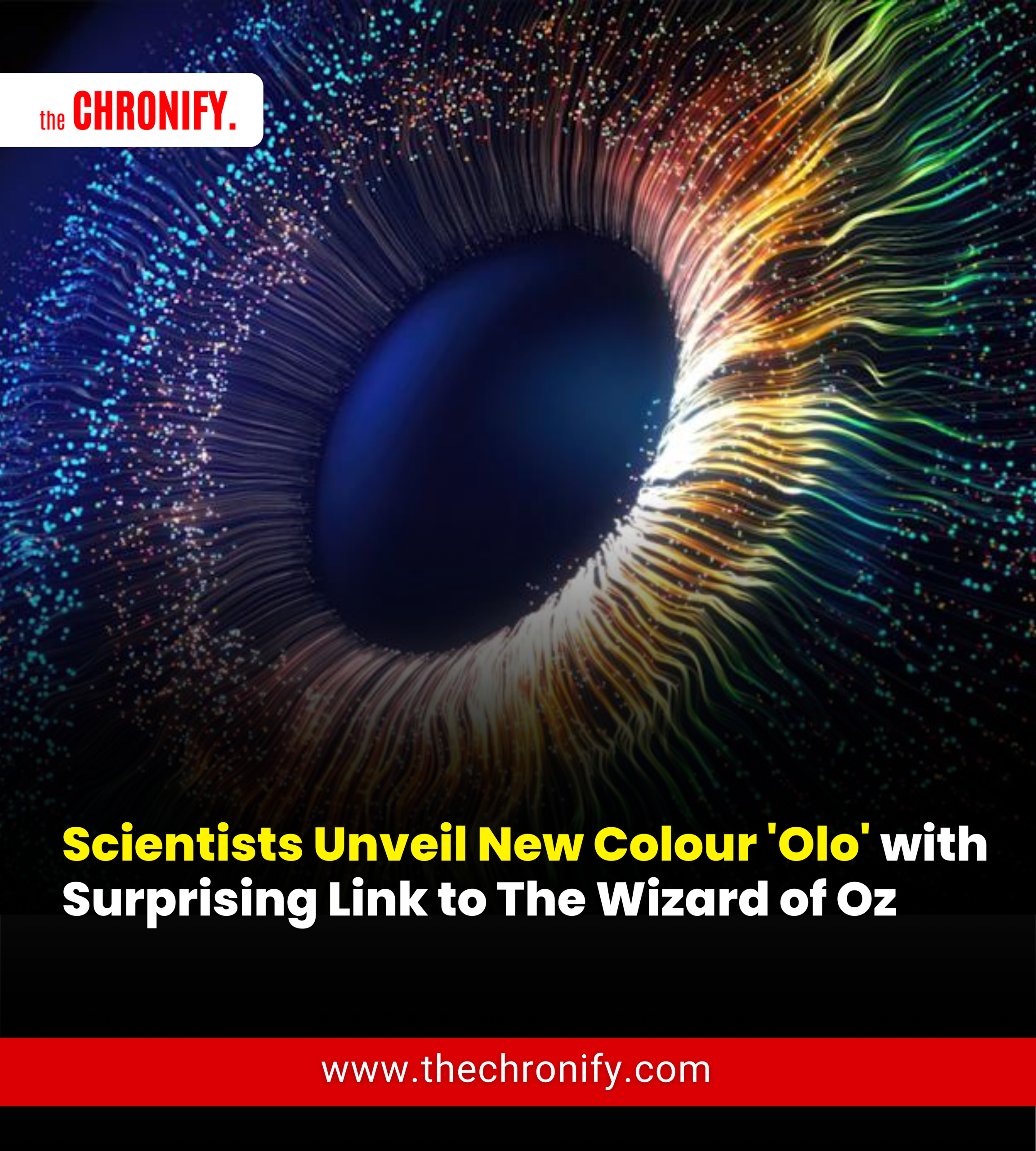Scientists Claim Discovery of ‘Olo’ – A Never-Before-Seen Colour Inspired by The Wizard of Oz
A group of researchers say they’ve uncovered a colour no human eye has ever seen—until now. Named ‘olo’, this intensely saturated shade of blue-green is reportedly only visible through a cutting-edge laser technique, and its name pays homage to the fantastical Emerald City from The Wizard of Oz.
The breakthrough comes from scientists at UC Berkeley and the University of Washington, who published their findings in Science Advances. The discovery hinges on a process called the Oz Vision System, a laser-based technique designed to stimulate specific cells in the human retina, unlocking colours beyond the normal range of human vision.
Here’s the catch: only five people on Earth have seen olo, and only under very controlled lab conditions. The colour isn’t visible to the naked eye and requires precise laser stimulation to be perceived.
The system targets the M (medium) cones in the eye—one of three types of cone cells responsible for colour vision. When these are stimulated using ‘jittered’ laser signals, test subjects report seeing a vivid, ultra-saturated blue-green hue unlike anything they’ve ever seen before. The scientists dubbed the colour ‘olo’, a nod to the binary code ‘010’ and the mysterious, dreamlike tones of the Emerald City.
“The colour appears so pure and intense that subjects struggle to match it using standard light sources,” the researchers wrote. “They have to add white light to desaturate it before they can even begin to compare it.”
Professor Ren Ng, co-author of the study, described the experience as “jaw-dropping.” Speaking to BBC Radio 4, he said, “It’s more saturated than any colour you can find in the real world. Imagine living your whole life seeing only pale pink, then one day seeing true red for the first time—that’s the kind of leap we’re talking about.”
While the scientists are excited about the discovery, not everyone is convinced. Vision expert Professor John Barbur from St George’s, University of London, argued that olo isn’t an entirely new colour but rather a more intense form of green only visible under very specific conditions.
Still, the research team believes this laser-based method could have far-reaching implications for neuroscience, colour blindness research, and vision therapy. And while most of us won’t be seeing olo anytime soon, the science behind it is taking us one step closer to understanding how our brains process colour.
As the scientists put it—there’s no colour like olo.

